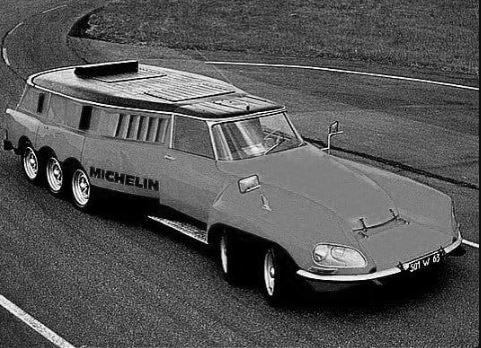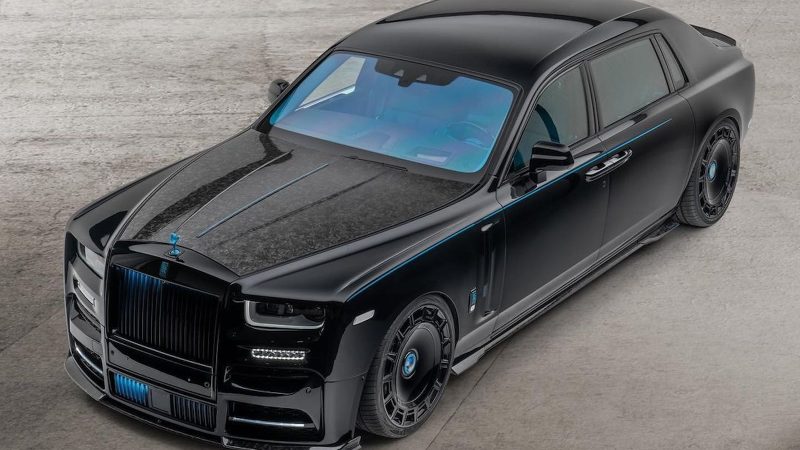Miniature Cars: The Smallest Vehicles in the World
Peel’s most famous creation is the quirky P50, featuring three microscopic wheels. It earned its place in the Guinness World Records as the world’s smallest production car, a recognition that is absolutely fair and well-deserved.
Is the P50 really a car? Not quite! In the UK, for example, it’s considered a tricycle, and in the Netherlands, a quadricycle. The length of the original car and its other dimensions could even shock a motorcycle rider.
The front and rear of the self-propelled cabin are 1372 mm apart (for comparison, the length of a large Honda Gold Wing motorcycle is 2575 mm), the width is 991 mm, and the weight… 59 kg!
The P50 isn’t the only model from the Isle of Man. In the mid-sixties, the company produced about 45 adorable two-seater trikes with a bubble dome that turned the car into something akin to a spaceship from children’s books.
To enter the cabin, the “dome” had to be folded forward along with a body part, and drivers had to mentally prepare themselves for the fact that the interior could turn into an oven in the heat. Peel Trident, the successor to the P50, repeated its predecessor’s design but weighed up to 150 kg.
Currently, the Peel successors are being manufactured not on the Isle of Man but in England.
The classic design has been combined with conventionally modern technologies – alongside the 49cc four-stroke version and even the version with the original DKW engine, there’s a modification with a 124cc engine capable of reaching 89 km/h and even an “electric train” with a top speed of 56 km/h.
Peel is remarkable in its brutal minimalism, but it wasn’t the first, and despite its record status, it can hardly be considered the most famous. Among the general public, the Isetta is much better known, causing a sensation with its debut in the autumn of 1953.
The car was designed by Italians with their innate sense of beauty and even turned out to be good-looking, as far as such a characteristic is appropriate for such a vehicle in general.
Engineers Ermenegildo Preti and Pierluigi Raji placed a single door at the front end of the body, where there are usually no doors and can’t be. Interestingly, the steering column did not obstruct entry and exit but slid obligingly to the side when the door was opened and closed, thanks to a hinge.
Hits: 36









